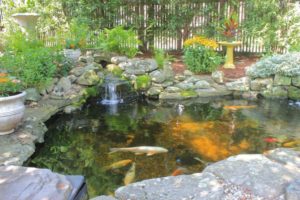
Choosing the Perfect Spot For Your New Pond
Deciding on where to place your pond is important. You should base your decision upon the following…
- Sunlight – While it’s not a requirement for the pond itself, choosing a sunny or partiality-sunny location will allow your aquatic plants to reach their full potential.
- Power Source – The pump and filter require electricity so it’s important that your pond is relatively close to an outlet.
- Surroundings – Being able to access your pond from every side will make maintaining it a lot easier. You should also avoid placing it too close to trees as falling leaves can clog the filter.
- Underground Pipes and/or Cables – Call 411 and have them come out to mark any utility lines to ensure you don’t dig a line up or have to move your pond later.
What Size Pond Do You Want?
Sizing is totally up to you. However, you must consider how much space the things you’ll add will require. Will your pond be a water garden or a house for Koi fish? Do you want a waterfall? Water gardens need a depth of at least 18 inches. Koi ponds should be at least 3 feet deep. These are important factors to take into account during the design process.
- Water Garden
- Koi Pond
What Shape Pond Do You Want?
Before digging, it is important that you get your utilities companies to mark anything that may run through your yard. After they are marked, we will spray paint the outline of your pond and we will use a level to make sure everything is even as we dig. If you plan to incorporate a waterfall, we will use the excess dirt to build up the elevation on one end.
Digging the Pond
If you’re pond isn’t too large, we will use a shovels to dig it by hand but in most cases clients want larger ponds that require the use of professional equipment. We can add shelves on the sides to create dimension and accommodate the various water plants that will soon call your pond home. After your hole is dug, we will use sand to line it smooth before we install the underlayment. This will serve as a barrier for the EPDM flexible liner.
Placing The Liner Inside the Hole
After we’ve dug your hole and installed your underlayment, we can now add your liner. We place the textured size facing up. We make sure every corner and crevice is covered by the liner. To prevent creases, we smooth the liner and allow a loose fit. We anchor it down by using stones.
Installing Your Pond Equipment
Now we can install all of your equipment including the water pump, filter, and skinner. Most homes have outdoor outlets but if yours does not, we work with a licensed electrician to install one. Once your equipment is installed, we add your rocks and pebbles. We use great caution to avoid tearing the liner.
Filling Your Pond With Water
We add the desired amount of water using a de-chlorinating agent to remove residual chemicals. The water must sit for at least 24 hours to prevent any harm to any living things that will soon be inhabiting your pond.
Finishing Touches
We will add aquatic plants and allow at least two weeks before we add fish so the nutrients cycle. As with any good landscaping project, backyard ponds increase the value of your home, add curb appeal, and provide tranquility all at the same time!
Supplies Needed to Build a Pond
- Shovel
- EPDM Flexible Pond Liner
- Filter
- Submersible Pump
- Pebbles and Rocks
- Underlayment
- Skimmer
- Aquatic Plants
- Waterfall Tank
- Koi Fish
- Water
- Level
- Beneficial Bacteria
- Wheelbarrow
- Gloves
- Greenery
Contact us (859-640-0657) for a free consultation!
—
 About Presentable Landscaping
About Presentable Landscaping
Presentable Landscaping provides many landscaping services to our customers in Northern Kentucky and Greater Cincinnati.
- Clean ups
- Pruning / Trimming
- Paver Patios
- Mulching
- Retaining Walls
- Drainage
- Leaf Removal
- Gutter Cleaning

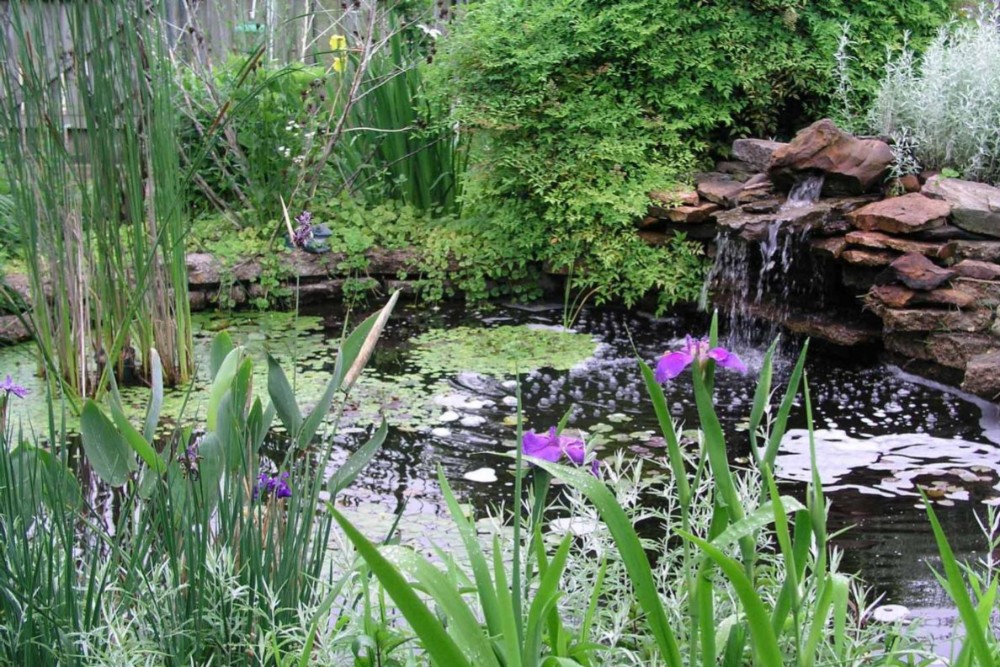
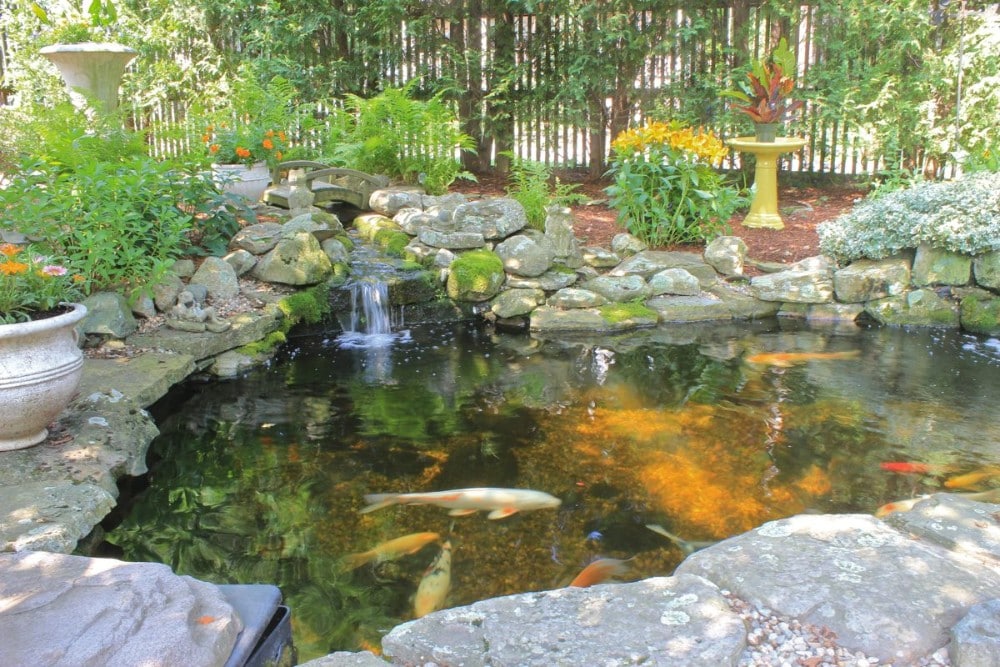
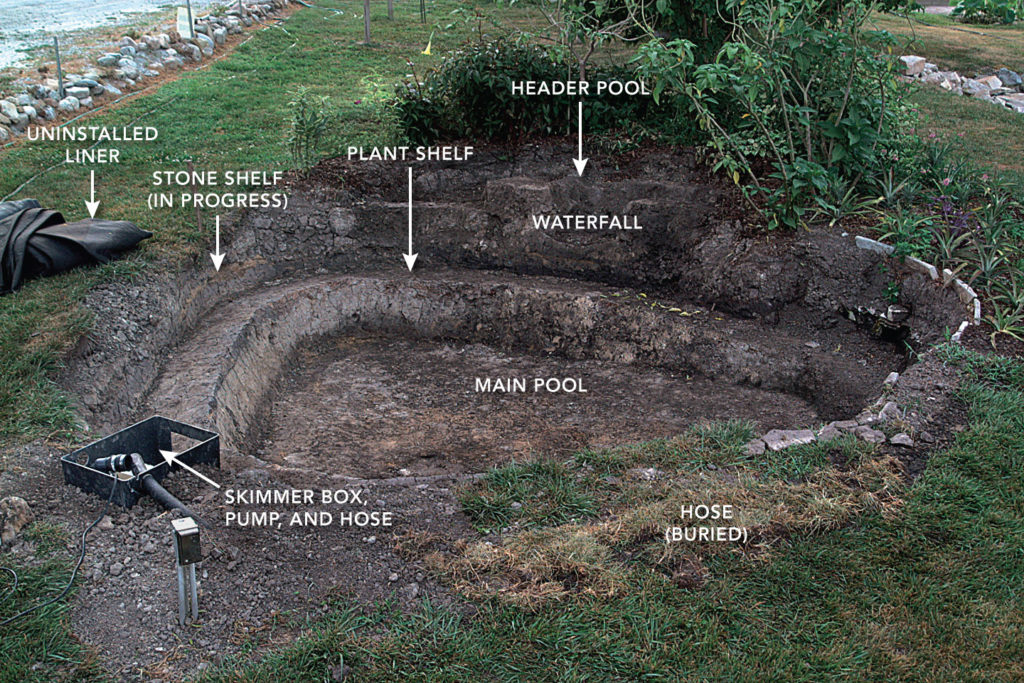
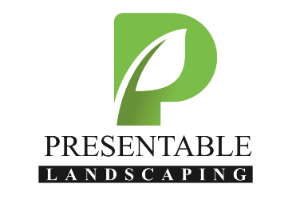 About Presentable Landscaping
About Presentable Landscaping